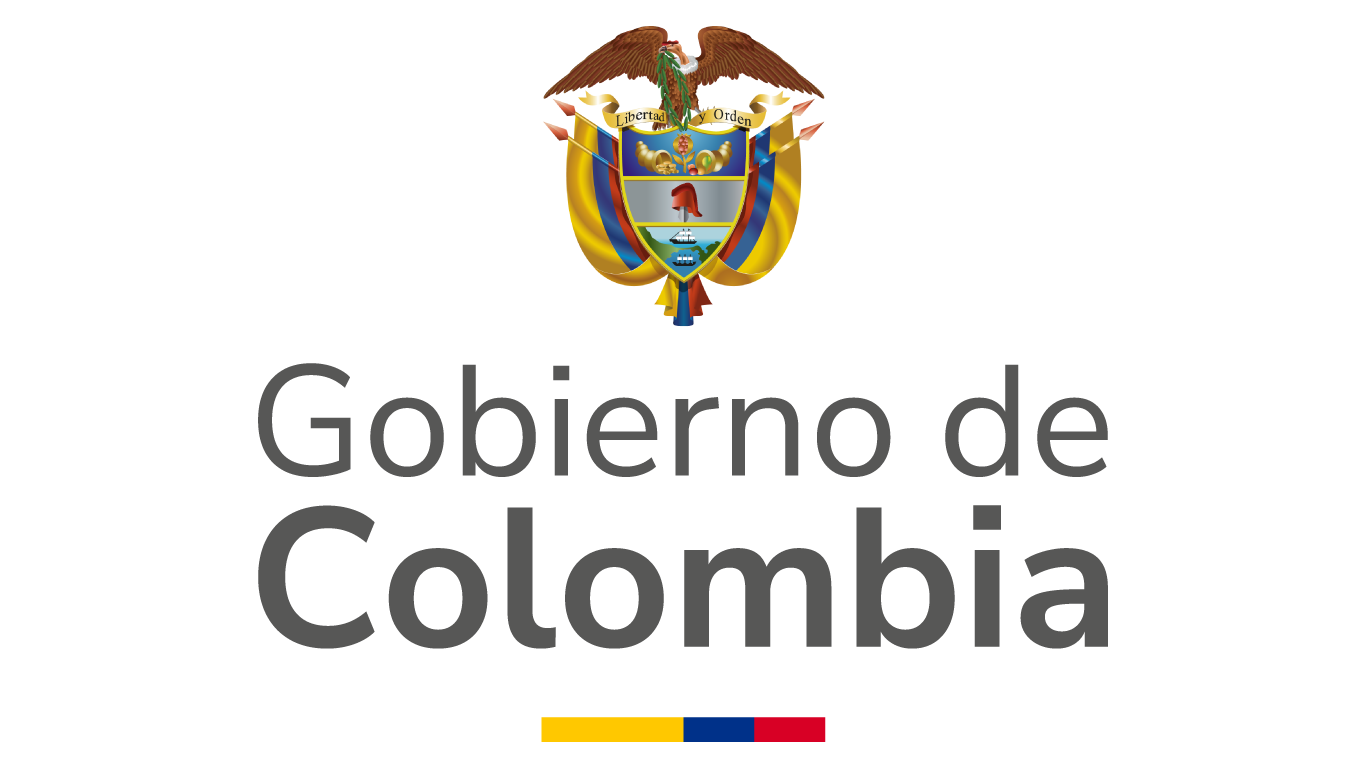Colombia chaired the Movement of the Non-Aligned Countries - NAM between 1995 and 1998. It joined the movement as an observer in 1974 and then became a permanent member in 1983 after the VII Summit held in New Delhi, India. During its chairing period, Colombia defended the movement and promoted its modernization and strengthening.
From its origins, the NAM recognized its view against colonial systems. The movement was essential in the process of decolonization and in the creation of new sovereign states. Today, it addresses different issues of the multilateral agenda, thus becoming a forum for political consultation for the countries of the South.
The immediate background of the foundation was the Asian-African Conference held in Bandung, Indonesia, in April 1955. In this conference, the 10 principles of Bandung were adopted and then accepted by the Movement as the centerpiece of its policy.
NAM’s foundation took place six years after Bandung. The movement held its First Summit Conference in Belgrade, former Yugoslavia, from September 1 to 6, 1961, and was attended by 29 countries.
Currently, the movement has 120 members, 17 observer States and 9 observer Organizations. NAM does not have a founding document to define its structure nor a permanent secretariat. The Movement has no central website, so each chair builds its own.
Its main decision-making body is the Summit Conference of Heads of State and Government held every three years. The Chair of the Movement is appointed by the member states on a rotating basis. The host country becomes the Chair of the conference and president of the NAM; that country undertakes the overall coordination of the activity. The current chair country is the Arab Republic of Egypt.
After the Summit the second high-level event of importance is the Conference of Foreign Ministers, held approximately 18 months after each Summit.
The current chair of NAM: Egypt: www.namegypt.org
XVI Ministerial Conference– Indonesia 2011: www.nam-indonesia.kemlu.go.id










